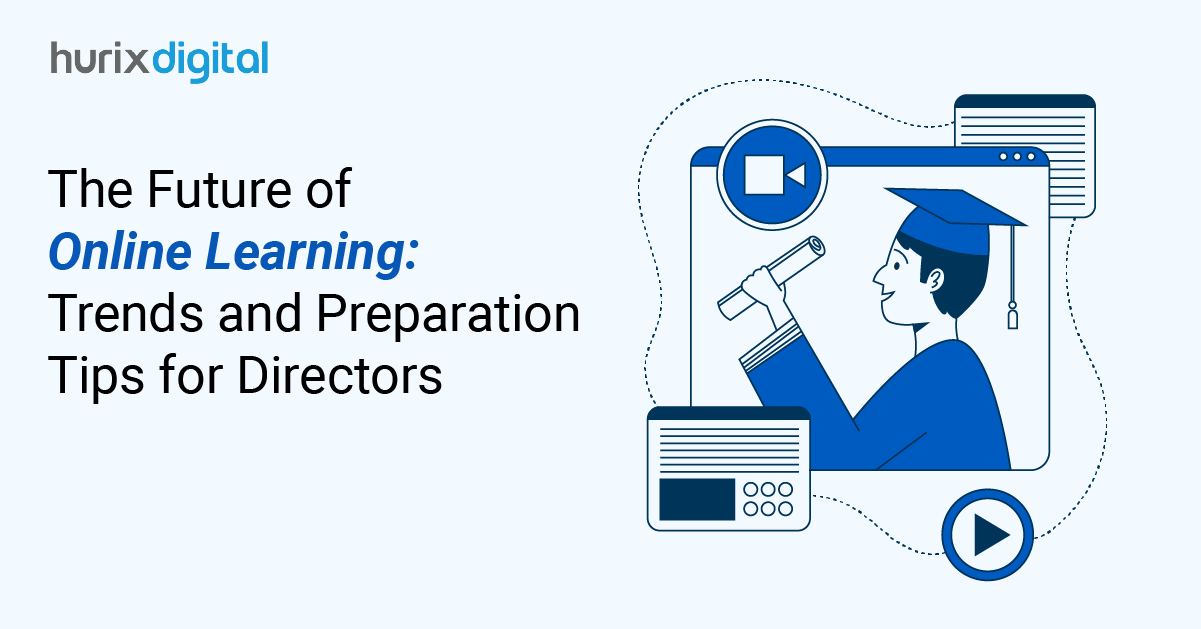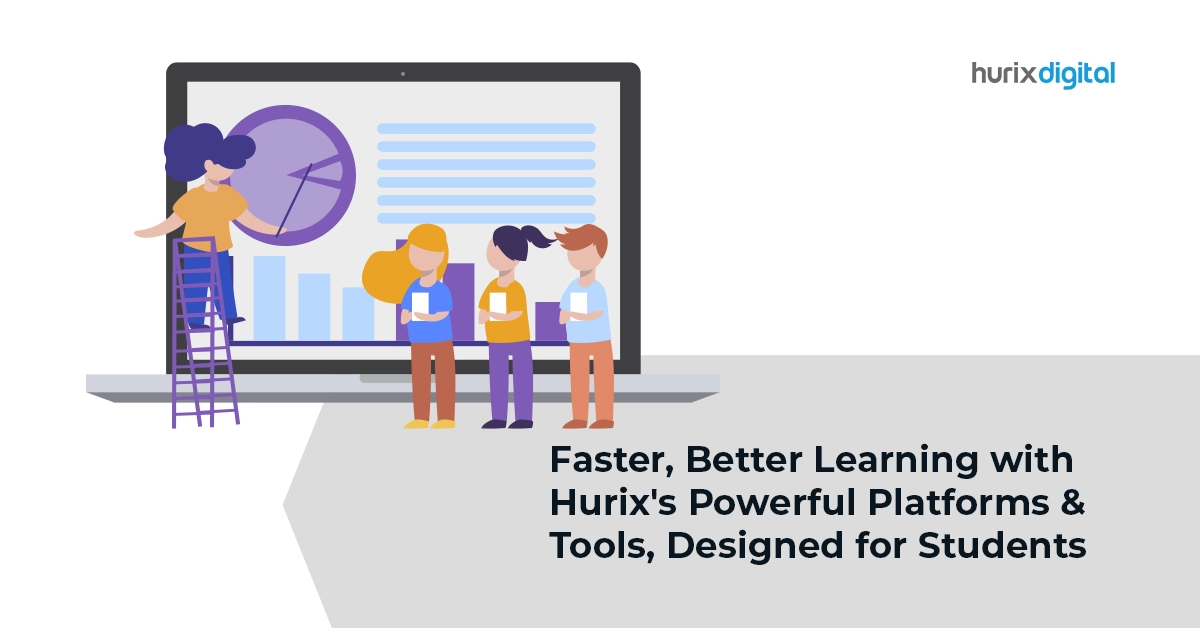
8 Best Online Learning Activities to Engage K-12 Students
The pandemic has necessitated educators around the world to navigate the uncharted waters of online and blended learning. Although there are several benefits that come with this virtual model of learning, one of the main issues that many teachers encounter is a general lack of student engagement online. This blog aims to explore some of the best online learning activities and practices that educators can use for better K-12 student engagement.
Here are some of the best online learning activities to engage K-12 students.
1. Case studies based on real-world
When it comes to making learning engaging for K-12 students, it often requires examples to explain certain concepts or principles in action. One of the best ways to do this is by unleashing your students to find real-life case studies or examples online instead of going with generic case studies.
Irrespective of the subject, this strategy works well for nearly any type of class. For instance, you can encourage your students to find real-world examples of mathematics used in day-to-day life or a real-world example that affected history. This will allow students to explore, engage and present unique examples that will help them better absorb the lesson.
2. Virtual gallery walk
The idea of gallery walks works just as well in a virtual set-up as in a physical classroom. It serves the dual purpose of sparking enough excitement about the start of a lesson and helping students understand and build background knowledge. Interactive videos can also be used to make learning exciting.
One of the best ways to create a virtual gallery walk for K-12 students is by adding text excerpts or images in a slideshow presentation. It allows your students to remain engaged with the activity and they can then answer questions either in a document organized asynchronously or during a synchronous live session. Instructors can also assign different groups to hold a large group discussion or allow them to share responses in smaller groups.
3. Digital polls
Another interesting online activity to engage K-12 students is using digital polls. They are an excellent way to help students connect with the lesson. There are multiple survey or poll creation tools available that you can use to take the poll before, during or after class. Once the polling is done, display the results and have a quick discussion about their opinion on the poll stats.
4. Self-assessment
Self-assessment is another way for K-12 students to stay connected to virtual learning. Making students periodically reflect on their classroom learning, focus and participate in online activities is a great way to keep them engaged in the digital classroom. This kind of self-assessment allows students to see their own progress over time and equips them to take more control of their learning. You can make them write their feedback either in a graphic organizer or through an online assessment tool available online.
Using online formative assessments available with several engaging online tools is another option you can explore. These tools are not only fun and interactive but also help you gather data instantly about what students understand or don’t understand.
5. Classroom newspaper
One of the other interesting online activities to keep students engaged is using a blogging platform to create a dedicated classroom newspaper. The instructor can act as the newspaper editor and give assignments to students or encourage them to pitch their respective stories.
This kind of classroom newspaper online activity works for almost all types of lessons. While history students can work on recreating a historical newspaper or reporting on important historical events, science students can work on creating write-ups on the latest science news.
6. Online debates
Conducting online debates by choosing a topic related to your subject and pairing students together can be a fun yet engaging activity for students. You can assign one student or a group of students to argue for the pro side of the argument and the other student or group of students to argue the con side.
There are several video meeting software that you can use which will allow your students to engage in a debate on the given topic. Such online debates allow students to display their critical thinking skills and dig deeper into a topic to be able to understand both points of view. Apart from increasing empathy in students, it will help improve research skills as well.
7. Designing a comic strip
If you are looking to add a little humour to your classroom, the best way to do this is by asking your students to create comic strips and then posting them to your classroom discussion channel.
This is especially a good option for students who are studying subjects such as art, English, history, foreign language and more. It will allow them to explore their creativity by creating memes, putting together animated comic strips and indulging in several other innovative ideas.
8. Virtual Labs
Virtual labs foster the development of students’ laboratory skills in a virtual environment. As one of the most important e-learning tools, they allow the K-12 student to conduct various experiments without any constraints to place or time, in contrast to the constraints of real labs.
Virtual labs are very effective in facilitating better learning of theoretical concepts. They include visual learning, active learning, recall-based learning, gamification and storytelling.
To Conclude
The fact that virtual learning is here to stay through remote and hybrid classes has made it essential for K-12 educators to think about innovative ways to keep students engaged in virtual instruction.
While it can be challenging, there are various online activities and strategies (as discussed above) to engage students, build community and encourage them to participate while keeping them interested in the curriculum at the same time.







